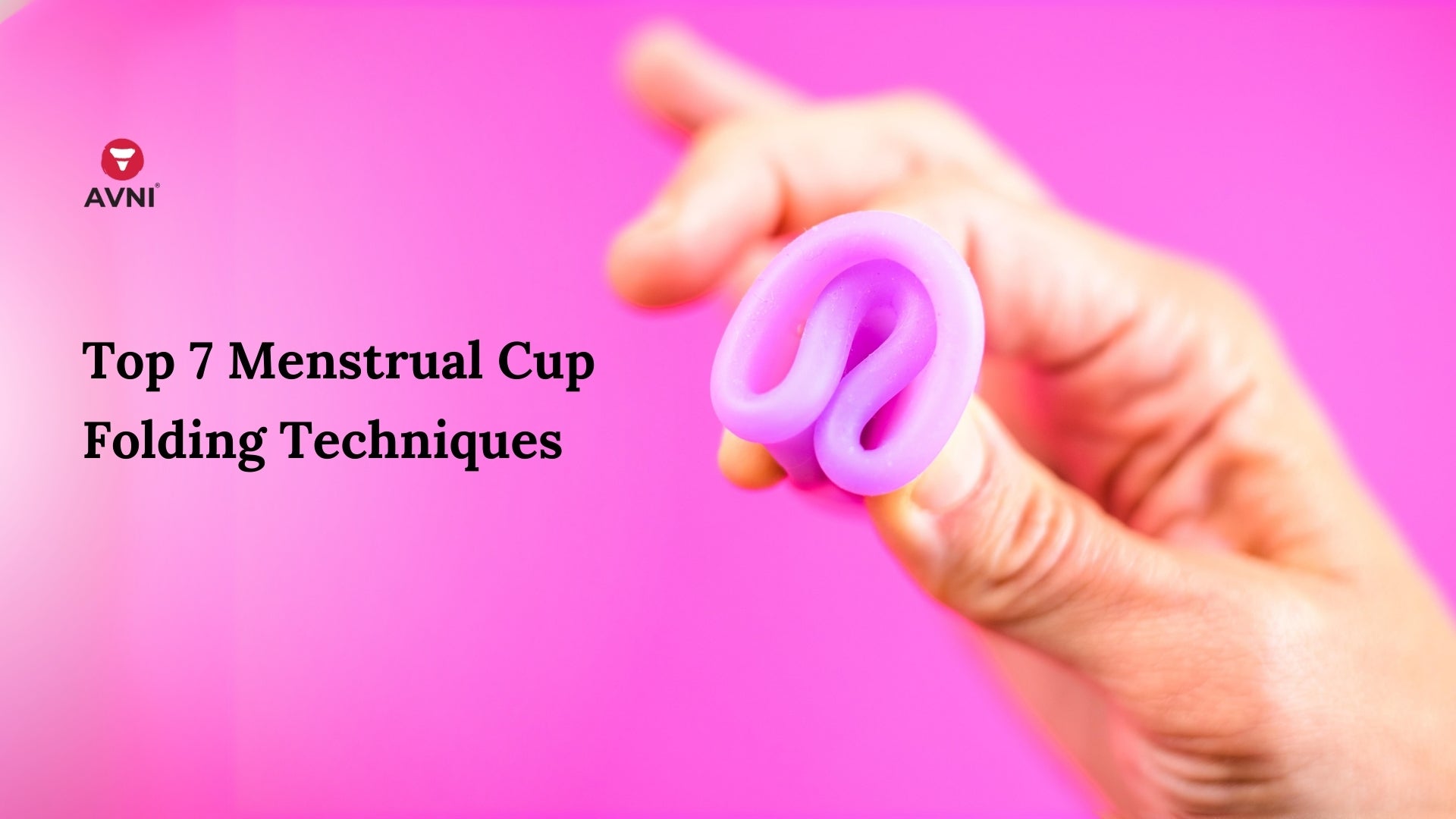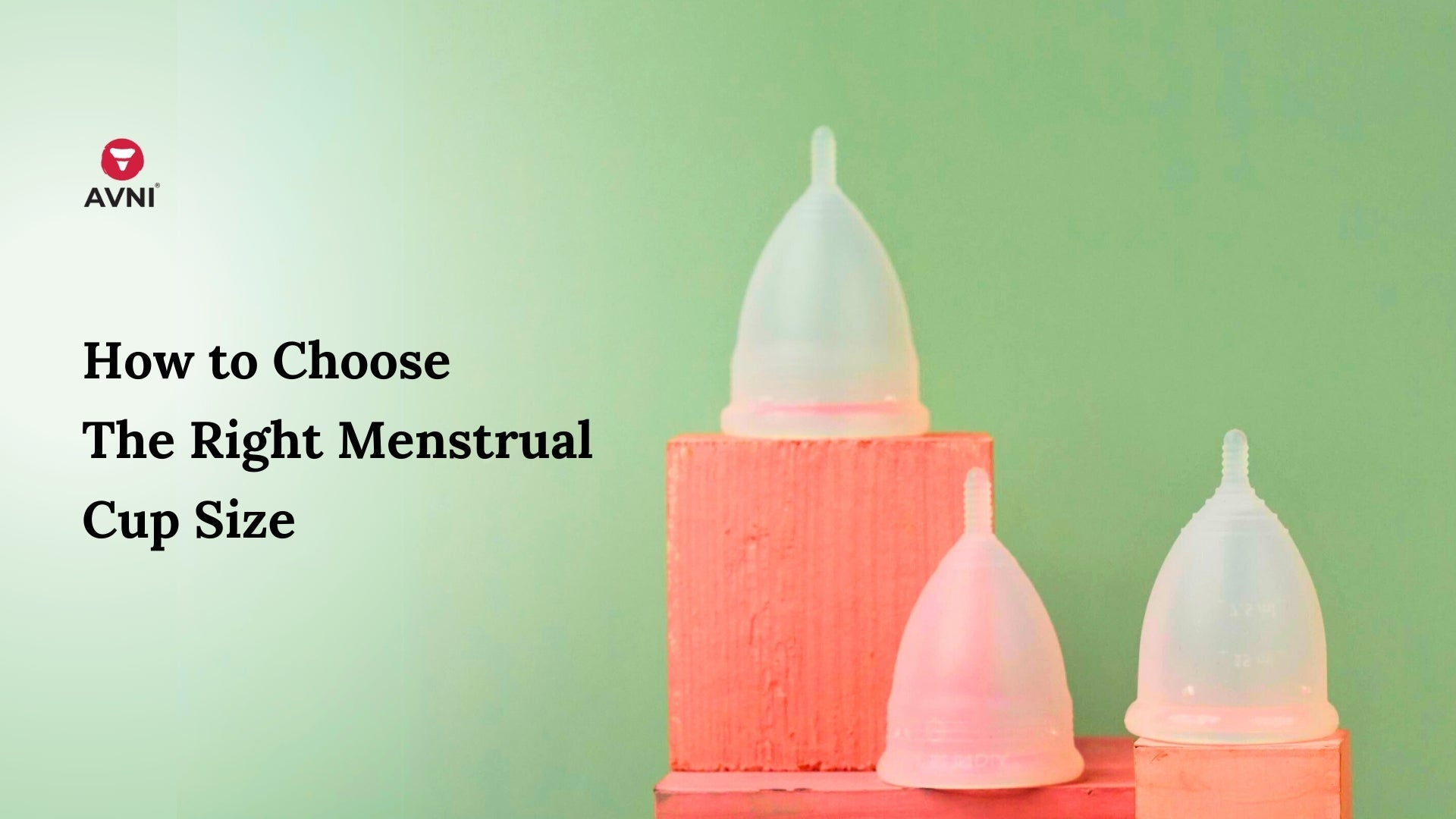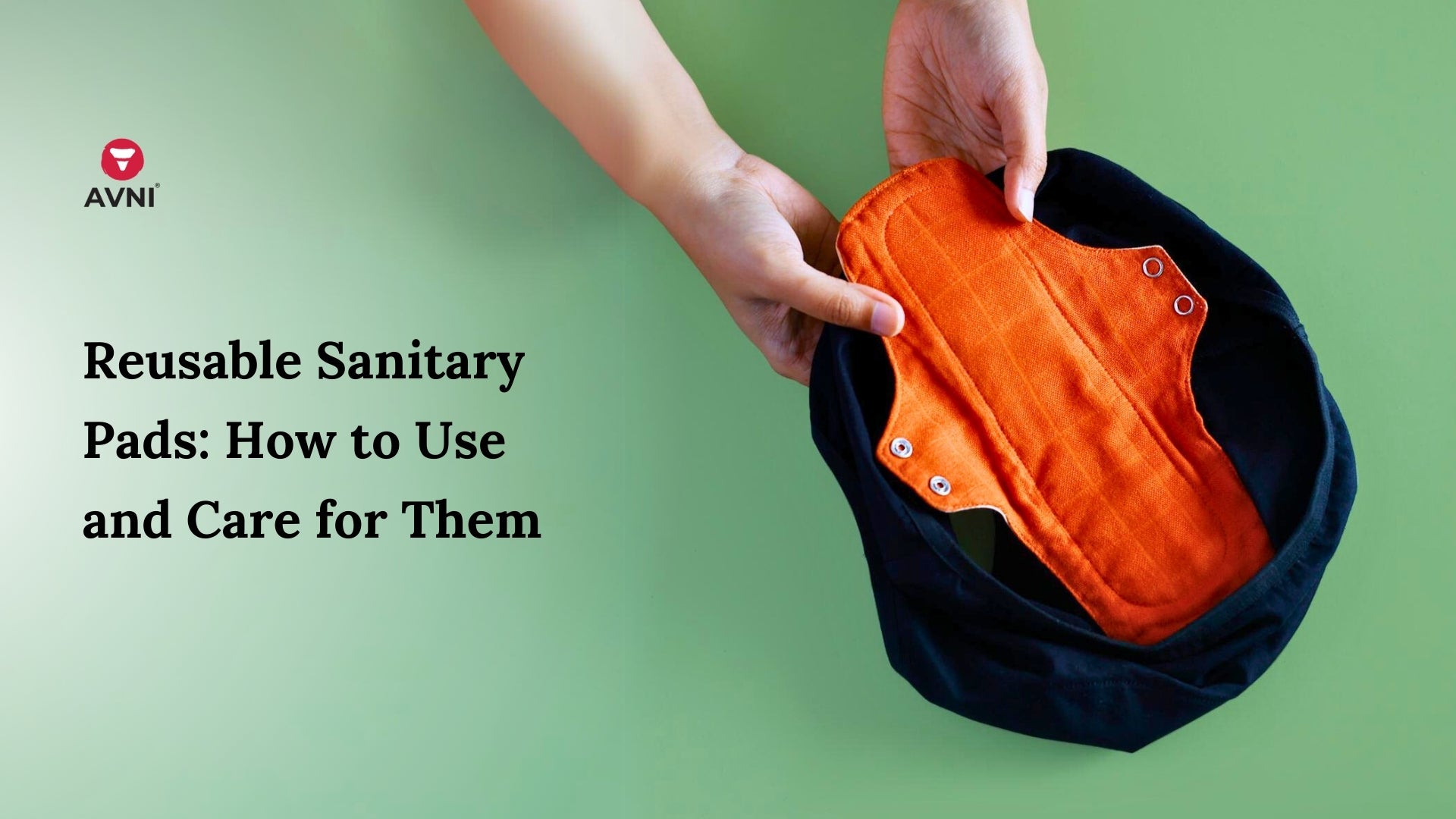
Top 7 Menstrual Cup Folding Techniques
Menstrual cups have been a part of the female hygiene inventory for longer than you might imagine! While we might have become familiar with them during the latter half of the 2000s, menstrual cups have existed since as early as the 1930s.
Their recent rise to popularity has been accounted to a couple of reasons such as them being environment and budget friendly. They come with a number of advantages - long-lasting, reusable and sustainable. It is for sure, your best friend if you are planning to avoid the hassle of restocking your pads and tampons every month.
What are Menstrual Cups?
Menstrual cups are bell shaped rubber or silicone cups that are used as a sanitary alternative to pads and tampons by a lot of women. They are foldable, flexible cups that catch and collect the period blood instead of absorbing it, like in the case of a pad or a tampon.
Additionally, a menstrual cup seals around the vaginal walls, once inserted, to prevent any kind of leakage till the time it is removed. While it can be a bit tricky to handle at the beginning, once you find your right cup, there’s no looking back.
Until then we recommend that you try out different brands and sizes to find the one that best suits you.
Top 7 Menstrual Cup Folding Techniques
A menstrual cup is inserted into the vagina like a tampon but without the dispenser. However, it needs to be folded correctly in order to achieve a seamless experience.While you may usually find the typical U/C shaped fold as a user instruction, there are more than just one correct way to use a menstrual cup.
We have put together a comprehensive list of 7 different cup folds that you might want to try before you settle for the one that is the most comfortable for you.
Before we go on to the various techniques of folding the menstrual cup, if it is your first time trying it, we would definitely recommend having sufficient time and space where you can relax and attempt to insert the menstrual cup.
The “U” or “C” Fold
This happens to be the most common and widely accepted method of folding a menstrual cup. Push the sides together to flatten the cup and draw the edges together to create a U/C shape before inserting it. Once inside, rotate the cup from its base for it to open up and rest against your vaginal walls.
Punch-down Fold
Hold the cup with one hand, push the outer edge of the opening towards the inside of the cup and bring the remaining edges together to secure the shape. This method has a slightly smaller insertion point for those who struggle with the previous method.
Origami Fold
Push the rim of the cup towards the inside of the cup halfway and fold the other corner of the cup diagonally over the pushed down fold.
7 Fold
Flatten the opening of the cup like in U fold and push one end of the rim diagonally to the bottom of the opposite end creating a seven shape with the rim of the cup.
Double 7 Fold
Create a seven fold, turn the cup and repeat the same process with the other side of the rim that is not already folded.
S Fold
Flatten the opening of the cup and twist the flat edges alternatively to create an S-shape with it.
Triangle Fold
This is very similar to the seven fold but offers a much smaller insertion point as the outer edge of the cup is drawn to the extreme end of the opposite side creating a triangle shape with the cup on the outside.
Important Things to Keep in Mind Before Using a Menstrual Cup
While it is a fairly simple switchover, there are, however, a few things you might want to consider before trying out a menstrual cup for the first time.
Choosing the right size: it would be best recommended to select the size according to your age and state of your vagina (whether you have given birth vaginally) instead of the apprehended rate of flow. The smaller size should be used by women under 30 and by those who haven't given birth vaginally and the larger size by women over the age of 30 or those who have given birth vaginally.
Safety precautions: to avoid infections entering into your body wash your hands thoroughly with antibacterial soap while handling the cup (both during inserting and removing it). Also, make sure to use a water based lubricant on the outer side of the cup to make the insertion process easier and avoid irritation in your vagina caused due to dryness.
Aftercare: Wash the cup with soap and water after every removal and disinfect it in boiling water after the end of your cycle. Store it in a clean and dry place.
Allergy precaution: While most menstrual cups are made of silicone, users allergic to latex or rubber should double check the outer box of the cup to avoid any adverse reaction.
Conclusion
Menstrual cups are a sustainable and comfortable option to help you through your periods. While it might take a while longer to get you the right cup, we are sure that with the right information, you will get a cup that suits your comfort and menstrual cycle.
For more information, talk to your gynecologist, your friends who have already used and of course, read Avni blogs to walk your way to a healthier and sustainable period journey.



Leave a comment
This site is protected by hCaptcha and the hCaptcha Privacy Policy and Terms of Service apply.